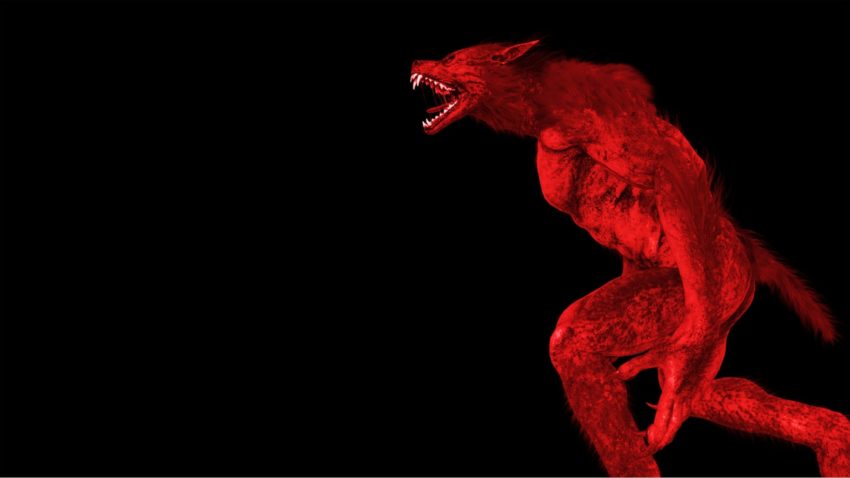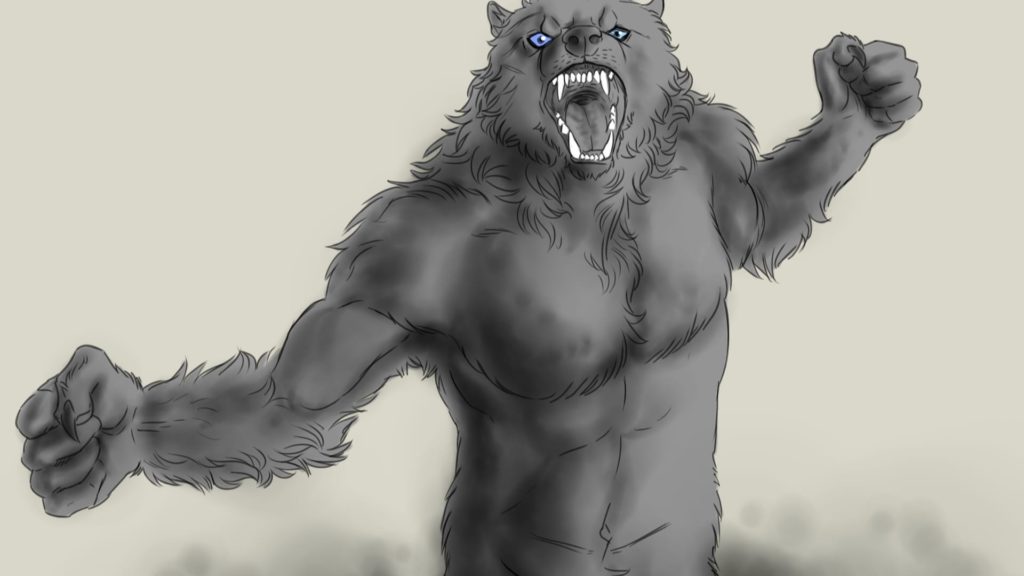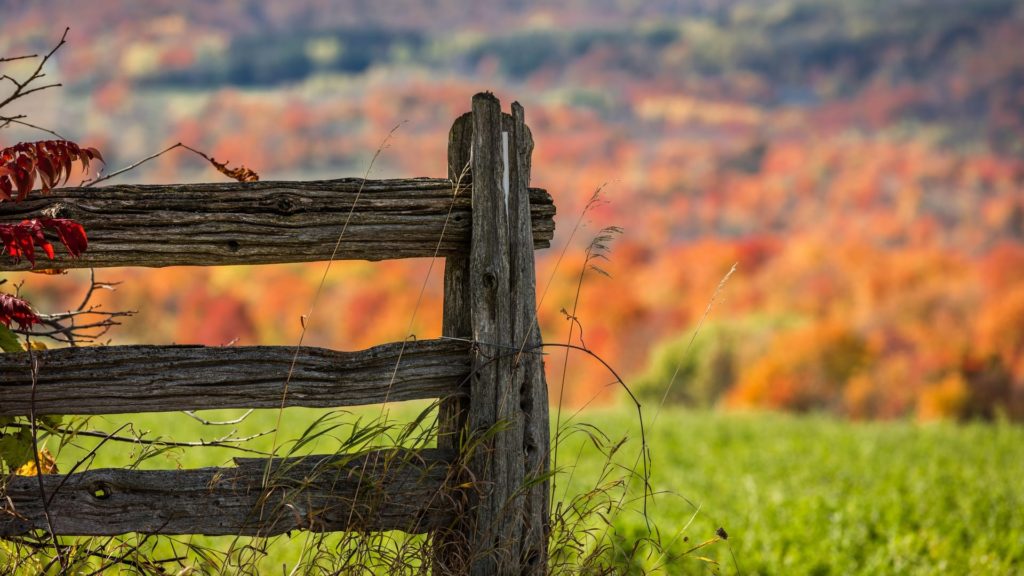
Dogmen | Prowling for Prey
Dogmen superficially resemble werewolves, but there are clear differences between these monsters. For one, dogmen do not pass on a curse or shapeshift at will. Get more after the jump.
The Physiology Of A Dogman

Dogmen are hybrids of humans and canines. Because of this fusion, they have a unique blend of the best possible traits ofthe two species. Here are some key physiological features:
- Stand up to 6′ on hindquarters
- Can walk or run on human-like legs (but they still have haunches like dogs)
- Sprint up to 45 miles-per-hour on all fours
- Have human-like hands with opposable thumbs
- Have shaggy, brown coats or a tri-color blend of black, brown and tan
- See well at night
- Can track prey better than a Bloodhound or Bassett Hound
Just to be clear: These monsters are equally male and female.
Key Differences Between Werewolves & Dogmen

Dogmen and werewolves are not related monsters. It’s easy to confuse the two creatures, but there are some distinct differences:
- Werewolves shapeshift into their form while dogmen are locked into a canid-human form.
- Dogmen do not have advanced healing properties like werewolves.
- Werewolves are susceptible to silver, whereas dogmen do not have a vulnerability.
- Dogmen are no more than 6-feet tall.
- Werewolves are 5x (at least) stronger than dogmen.
- Dogmen tend to have shaggy, brown fur while werewolves have silver or black fur.
- Werewolves see in the infrared spectrum while dogmen have vision on par with a common dog or coyote.
- Dogmen tend to have slim builds while werewolves are hulking beasts.
- People can become werewolves if bitten by one: Dogmen do not pass on a curse.
Dogman Habitat

Dogmen may be found in any part of the United States and Canada, but they prefer farm areas with access to a forest. Many witnesses have reported these creatures in Iowa, Minnesota, Wisconsin and Michigan, ideal environments for a predator. They tend to stick to temperate regions with access to fresh water and game. Their favorite food source is deer, but cattle, sheep and goats are also highly sought prey.
Dogmen tend to stay close to farms in the winter. Livestock are easier prey to capture when confined to a barn or fence. Barns also provide a warm(er) place to sleep, although the animals may not be accepting of a predator in their midst. It is more likely to find an abandoned farm for its den or burrow into the ground like a wolf or coyote.
Also, these monsters tend to avoid contact with humans. They are far more likely to flee than fight. We may believe a dogman has a healing factor like a werewolf, but they are just as fragile as a person. Bullets, poison and other ways of controlling wolves, feral dogs and coyotes will harm them, too.
Hunting and Tracking Abilities
For the most part, dogmen have tracking abilities similar to a bloodhound. They do have a larger snout than scent hounds, so their tracking abilities are more robust and can track down to one particle per billion. That’s similar to a Great White Shark’s ability.
Dogmen are also more intelligent than a dog, though not at the level of a human. When chasing their prey, they can think ahead or even make rudimentary traps. Although, they are far more likely to give into its instincts than try to outwit a goat.
In general, these monsters prefer to hunt alone. Unlike werewolves and other canids, pack hunting isn’t something they do. If necessary, you may find 2 creatures hunting, but it’s more opportunistic than a preference. A small group of dogmen may hunt a herd of cattle to make it easier to kill large livestock. But you better believe that they’ll grab their own food after the kill and leave. These monsters can be antagonistic to one another.
What To Do If You Encounter A Dogman
In most cases, these monsters will run away if it feels threatened. They don’t go out of their way to harm humans, unlike werewolves. Making loud sounds or firing a gun into the air should do the trick. If you have farm animals, then it could continue to come back. Locking cattle and other livestock away at night should protect them from a dogman. If there’s plenty of deer in the area, the creature will likely hunt those and leave your livestock alone. As for your pets, dogmen don’t tend to eat … dogs.
Cats on the other hand, that’s a different story.

Jacob Rice began investigating and writing about monsters in 2007. He has published 3 books on ghost hunting, ghost stories and paranormal protection. His podcast, Ghostly Activities, dives into these topics even more. You can also watch his ghost hunts on the Ghostly Activities YouTube channel. He lives in Olympia, Washington.